Commercial solar street lights must follow national standards
As the earth's resources become increasingly scarce, the investment cost of traditional energy continues to soar. Coupled with various safety and pollution hazards, solar energy, as a safe, environmentally friendly renewable energy, is becoming increasingly important. There are more and more solar products and their applications are becoming more and more extensive. As for the power generation of solar energy systems, there are currently two blocks: photovoltaic and solar thermal. There are many types of batteries used in photovoltaic power generation, including crystalline silicon and monocrystalline silicon. Photovoltaic power generation systems include solar house power supply, solar street lights, and off-grid and grid-connected power generation.
In addition, there are solar street lights, wind-solar complementary street lights, solar signal lights, solar LED screens, solar backpacks, etc.
With the advancement of solar photovoltaic power generation technology, solar lighting products are ready to go because of their dual advantages of environmental protection and energy saving. Solar street lights, garden lights, lawn lights, etc. are gradually becoming popular, and the degree of refinement of solar power generation in the field of street lights is also increasing. At present, solar street lights have evolved in a variety of ways, including integrated solar street lights, two-in-one solar street lights, solar street lights with poles, etc.
Solar street lights are becoming more and more popular because of their energy saving and environmental protection. In this article, we will discuss the three national standards that govern the installation and use of solar street lights.
Solar Street Light Installation
Integrated solar street lights are easy to install and do not require complex power lines, distribution equipment, road excavation or pipeline laying. They do not consume electricity, which greatly reduces maintenance costs and overall operating expenses. It is estimated that solar street lights can break even with traditional street lights in 5-7 years, and will provide long-term benefits thereafter. Solar lighting products operate at low voltage, ensuring safety and reliability without any safety hazards. They are not prone to safety risks due to factors such as building quality, engineering modifications, material aging, power supply abnormalities, or conflicts with water and gas pipelines. This directly provides significant advantages for municipal engineering projects. Solway provides municipal solar street lights solution services for municipal engineering projects, welcome to inquire!
Three national standards for the use of solar street lights:
1. Quality standards for outdoor led solar strip lights
The first national standard that must be followed when installing solar street lights is the quality standard. This standard ensures that the solar panels, batteries, and LED lights used in the street lights are of high quality and meet the necessary performance standards. By following the quality standards, you can ensure that your solar street lights are durable, efficient, and have a long service life.
2. Safety standards
When it comes to solar street lights, safety is a top priority. The safety standards for powerful solar street lights outline the necessary precautions that must be taken during the installation and maintenance of solar street lights to prevent accidents and ensure the safety of pedestrians and drivers. By complying with safety standards, you can minimize the risk of electrical hazards and ensure that your solar street lights are safe to use in public places.
3. Environmental standards for solar powered outdoor street lights
When it comes to solar street lights, the quality of the use environment is the verification of the quality of solar street lights. The use environment and sustainability of rainy days, winter and summer are a key consideration. The environmental standards of the site set guidelines for the disposal and recycling of old solar street lights and their components, aiming to minimize solar street light waste and reduce the impact of solar lighting on the environment. After all, it costs money to replace commercial solar street lights now.
In short, compliance with national standards for solar street lights is essential to ensure the quality, safety and environmental sustainability of these lighting systems. By complying with these standards, you can promote the widespread adoption of solar energy and help create a more sustainable future for all.
FAQ:
1. Comparison of solar power lighting with traditional power lighting
2. What are the safety performance of solar street lights?
3. Is the installation cost of solar street lights high?
4. Are solar outdoor waterproof street lights really waterproof?
5. What is the difference between integrated solar lights and ordinary street lights?
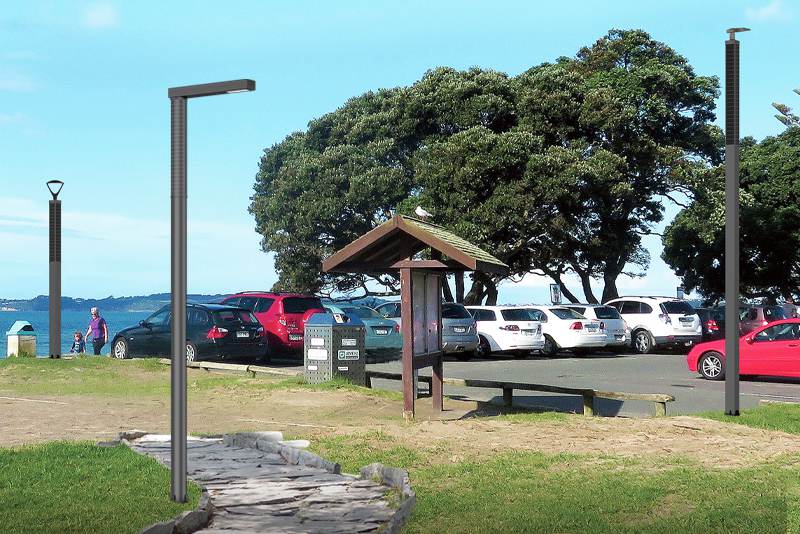
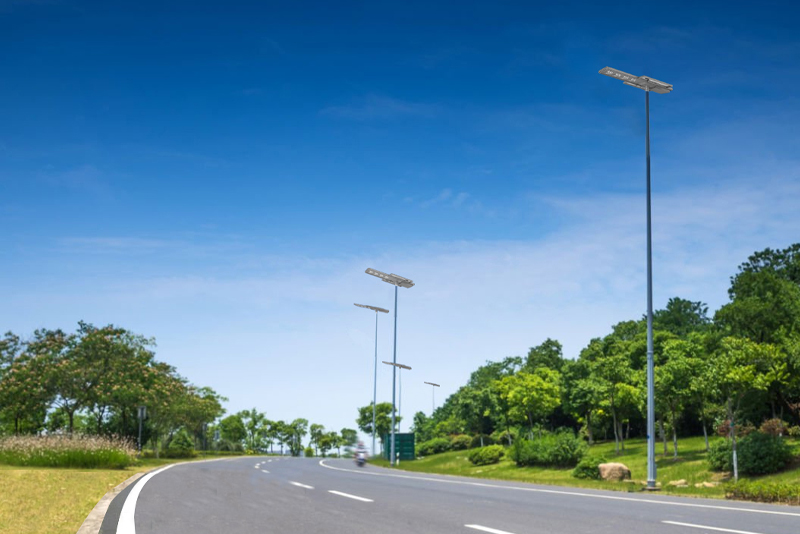
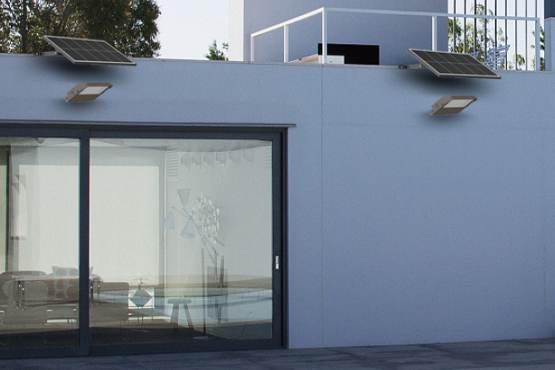
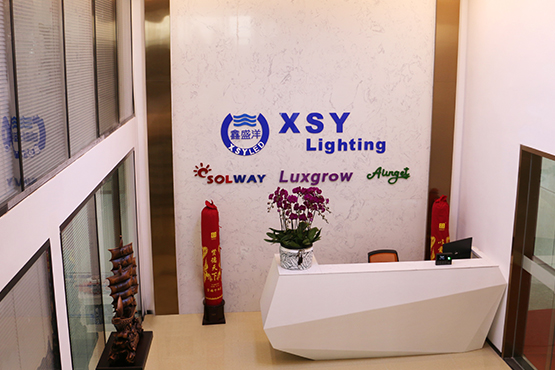
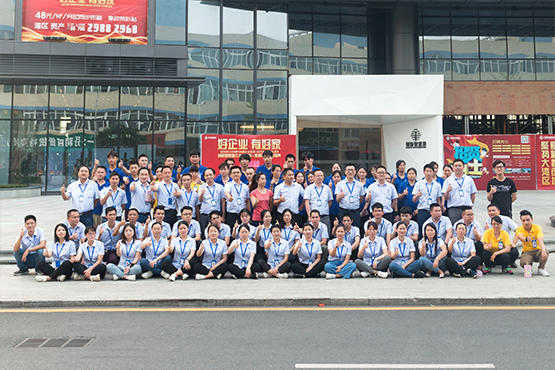

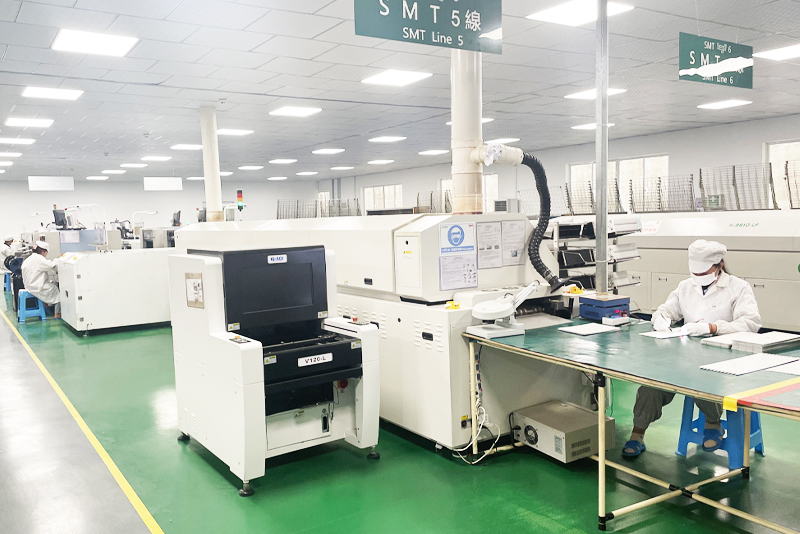
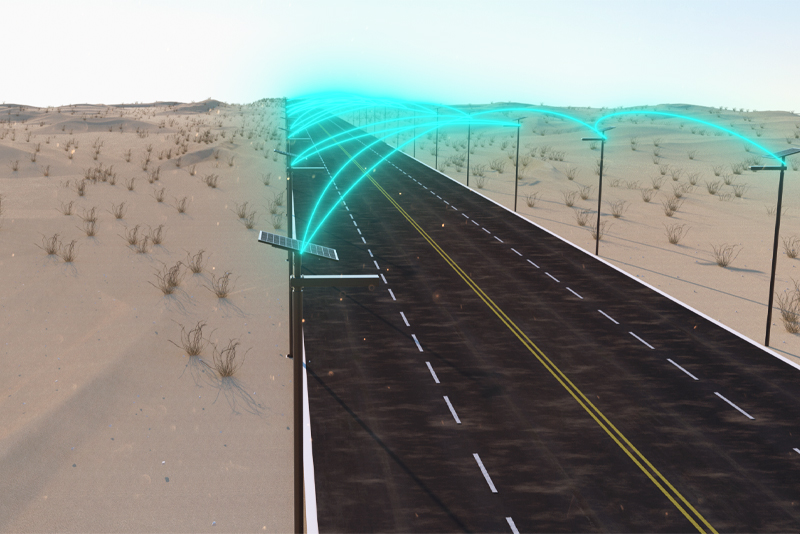
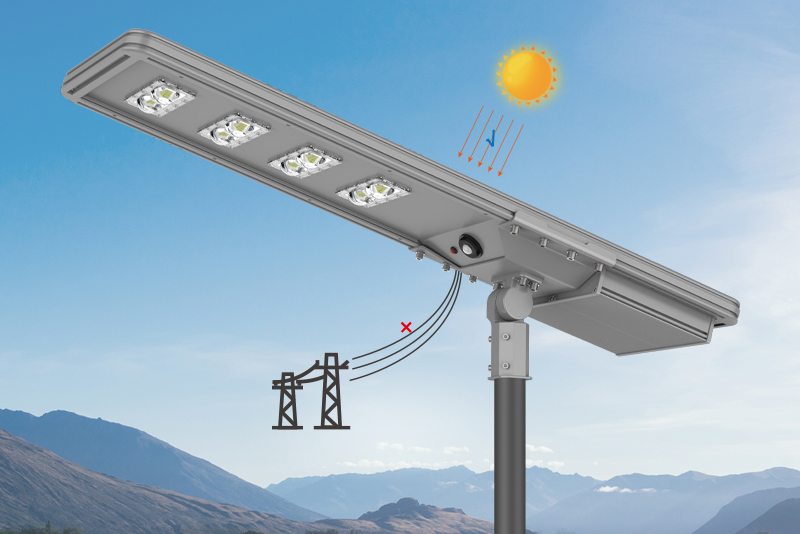
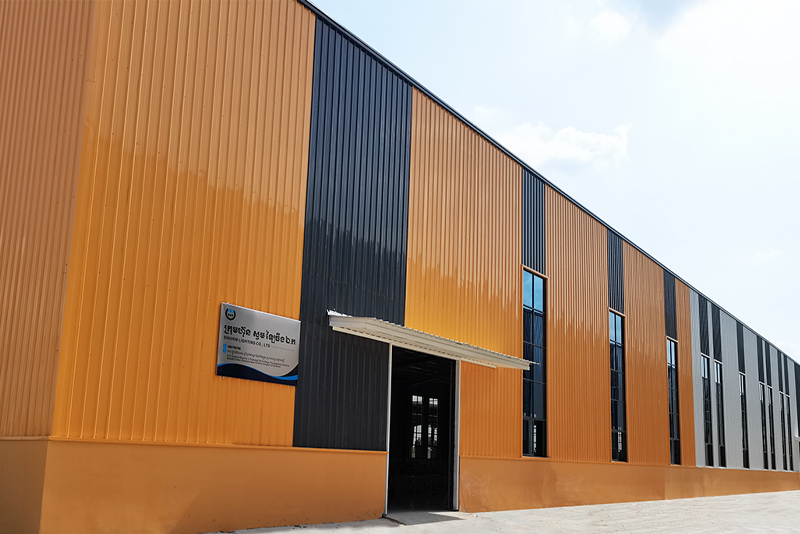
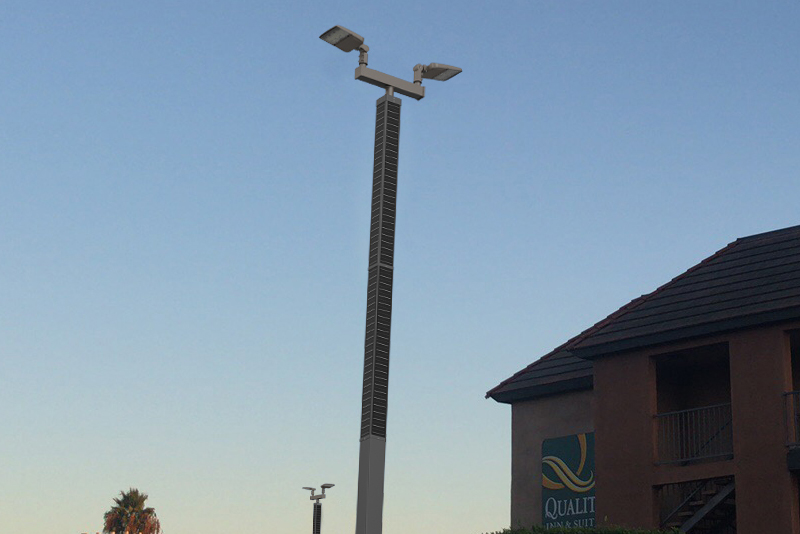
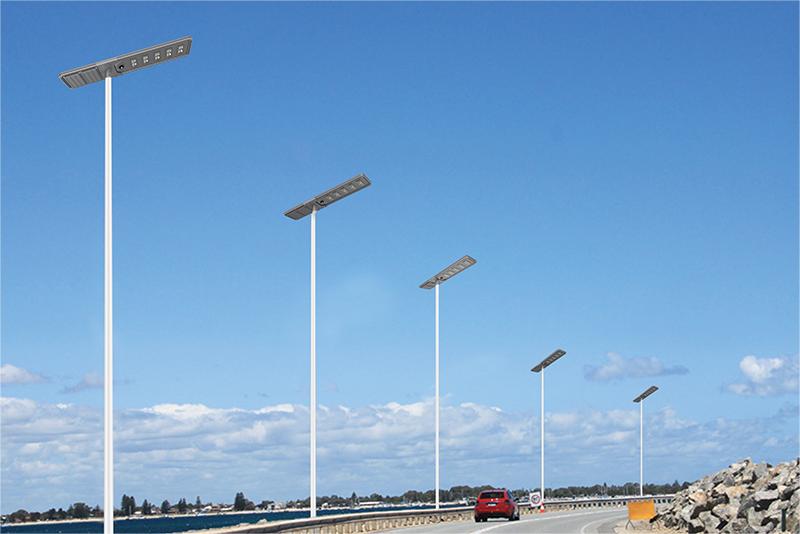
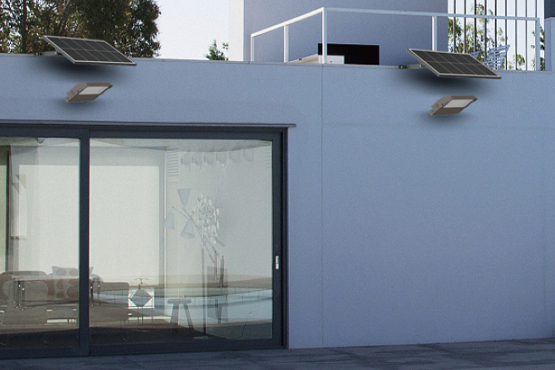






 English
English










 Scan WhatsApp
Scan WhatsApp Scan Wechat
Scan Wechat Scan WhatsApp
Scan WhatsApp Scan Wechat
Scan Wechat Consult Now
Consult Now






